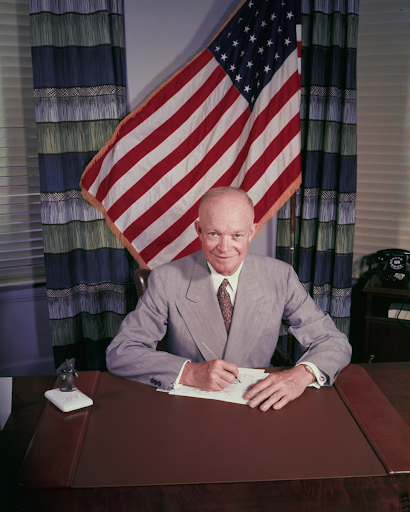With the movements in this hemisphere, we are of necessity more immediately connected, and by causes which must be obvious to all enlightened and impartial observers.
- The Monroe Doctrine, 1823
In 1954, President Dwight D. Eisenhower intervened in Guatemala to remove its president, Jacobo Árbenz, who the United Fruit Company accused of being communist sympthizer.
The American republics wanted no Communist regime within their midst. They recognized that subversion by Communism was only another form of aggression, even more evil than that achieved by naked military force… Something had to be done quickly.
The first task was to marshal and crystallize Latin American public opinion on the issue. The opportunity presented itself at the Tenth Inter-American Conference of the Organization of the American States (OAS) which met in Caracas, Venezuela, in March of 1954. At that meeting the United States urged the adoption of a joint condemnation of Communism, contending vigorously that it should not be permitted to control any state in the Western Hemisphere. [Secretary of State John] Foster Dulles, representing the United States, argued that if Communism should succeed to this extent, it should be treated as a threat to the peace. On March 6 he introduced a draft resolution of a "Declaration of Solidarity for the Preservation of the Political Integrity of the American States against International Communist Intervention… by the middle of 1954 Latin America was free, for the time being at least, of any fixed outposts of Communism.
- Eisenhower on Guatemala, 1954

President Eisenhower [Credit: History.com]